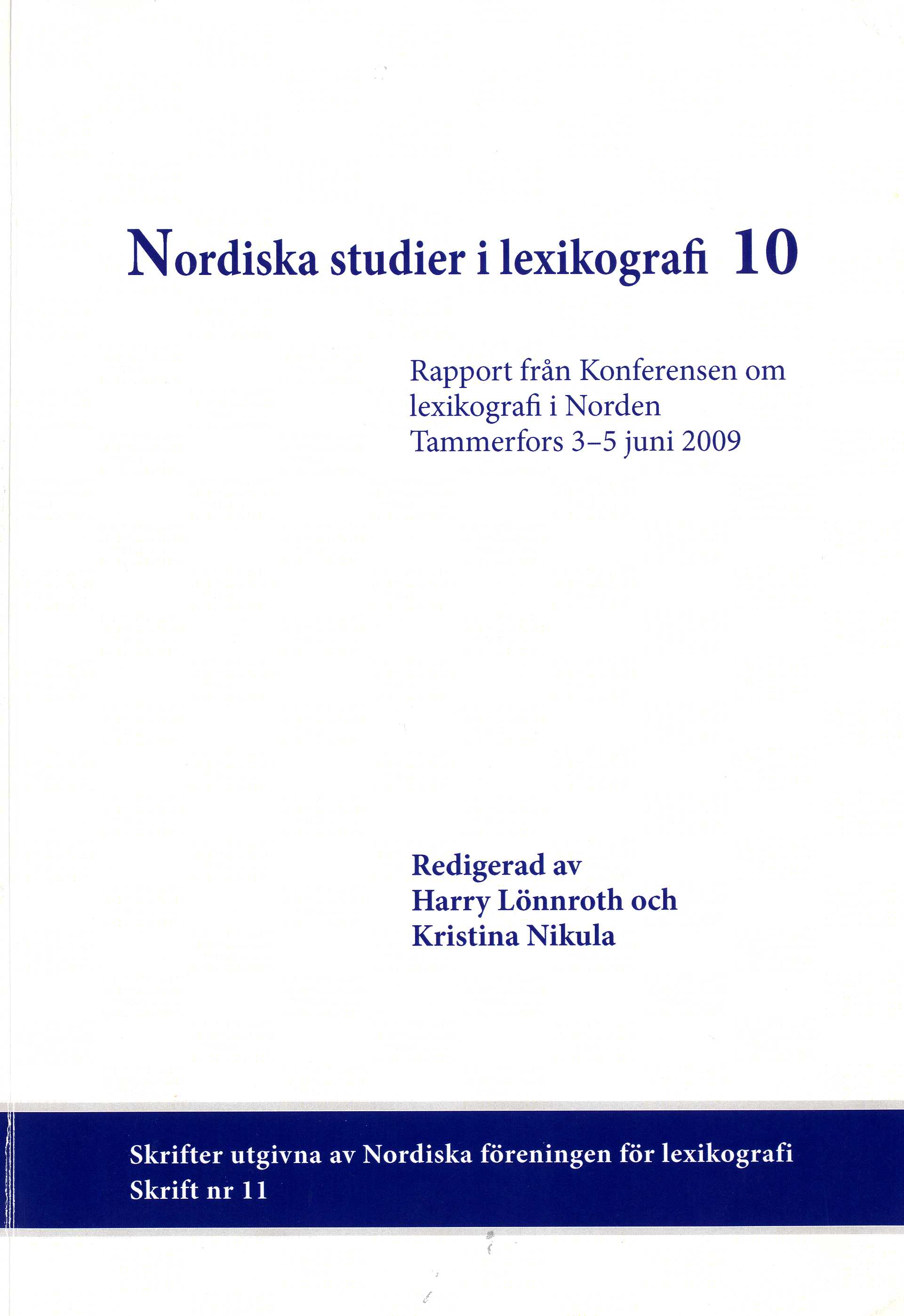Se – og du skal finde.En eye tracking-undersøgelse med særlig fokus på de leksikografiske funktioner
Nøgleord:
eye track-analyse, øjenfiksering, søgestruktur, søgeretning, søgesekvensResumé
This article discusses an empirical eye-track analysis with special focus on the lexicographic functions. The article discusses what users are looking at, how long and how they look at lexicographic data and in which order and with which sequence they access lexicographic data. The empirical data include eye-track data and think-aloud protocol data from an explorative survey with six test subjects. The article is based on the hypothesis usually described as the “eye-mind-assumption”, which contends that there is a correlation between what is being fixated and what is being processed cognitively. The survey showed that this correlation also exists in Internet lexicography, and that different types of lexicographic functions incur different cognitive loads. The survey also gave a clear picture of how the test subjects accessed lexicographic data and indicated in which order and sequence they access data. The article argues on the basis of the survey that eye-track analyses are relevant in lexicographic theory formation, because they provide valuable knowledge on how users really access data and thus also on how to develop new theoretical considerations on needs and task-adapted lexicographic information access.
Downloads
Publiceret
Citation/Eksport
Nummer
Sektion
Licens
Nordisk Forening for Leksikografi/NSL og forfatterne.





